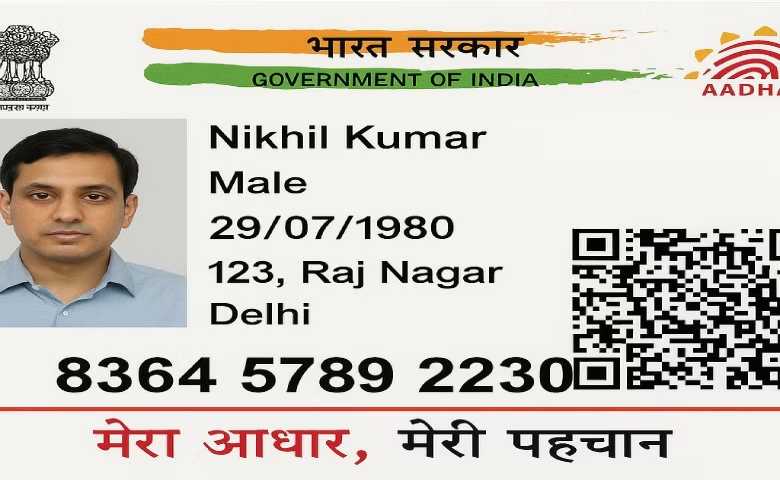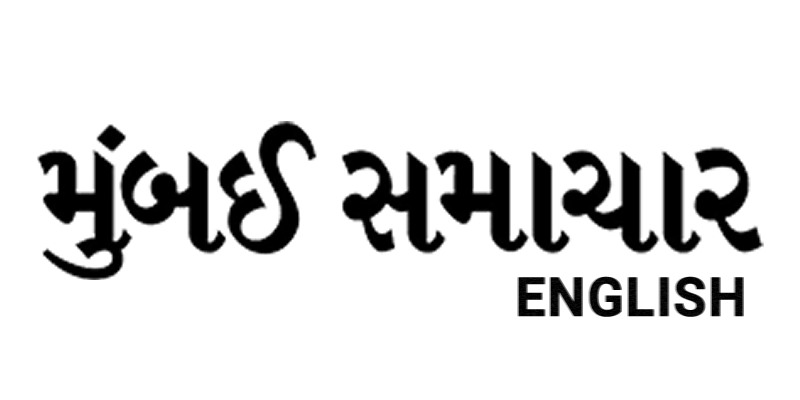AI Misuse Alert: ChatGPT Creates Fake Aadhaar and PAN Cards

Last week, OpenAI unleashed ChatGPT’s GPT-4o image generation feature, sparking a creative boom with over 700 million images generated, including Studio Ghibli-inspired portraits. But as the tool gains traction, a darker side is emerging—its potential for misuse is raising eyebrows.
Social media is buzzing with examples of users leveraging ChatGPT’s new photorealistic image capabilities to craft fake Aadhaar cards, complete with their own photos. This development reignites long-standing concerns about AI tools falling into the wrong hands. To test this, we prompted ChatGPT to generate an Aadhaar card-like image. The result? A near-perfect replica, with only slight inconsistencies in facial details. On X, users have even shared mock-ups featuring OpenAI CEO Sam Altman and Tesla’s Elon Musk superimposed onto Aadhaar cards, complete with QR codes and numbers.
Not just Aadhaar cards! ChatGPT is also generating fake PAN cards
The misuse doesn’t stop there. Social media posts reveal ChatGPT churning out eerily accurate PAN cards too. Aadhaar cards come from the Unique Identification Authority of India (UIDAI), while PAN cards are issued by the Income Tax Department—both are now vulnerable to this AI-driven fakery.
Restrictions on ChatGPT’s new image generator
Unlike its predecessor DALL-E 3, which used a diffusion model, ChatGPT’s GPT-4o relies on an autoregressive model baked directly into the chatbot. This shift allows for more precise, instruction-driven image creation. OpenAI’s GPT-4o Native Image Generation system card acknowledges the heightened risks, stating, “These capabilities… have the potential to create risks across a number of areas, in ways that previous models could not.” To curb abuse, ChatGPT blocks photorealistic images of children (including minor public figures), as well as erotic, violent, or hateful content.
What experts are saying?
Wriju Ray, chief business officer at IDfy, a top identity verification platform, told Mint that Aadhaar fraud is easier to detect since text and facial data can be cross-checked with backend systems. However, verifying PAN cards or driving licenses—lacking facial data in government databases—poses a bigger challenge. “One needs to look for signs of tampering in these cards too,” Ray explained.
Rohit Kumar, founding partner at The Quantum Hub (TQH), a Delhi-based public policy firm, stressed the urgency of stronger safeguards to Mint. “The more urgent need is to establish robust safeguards at the output stage,” he said, suggesting measures like rejecting harmful requests and adding digital watermarks to curb identity theft and fraud. “A failure to act decisively could lead to further erosion of trust,” Kumar warned.




